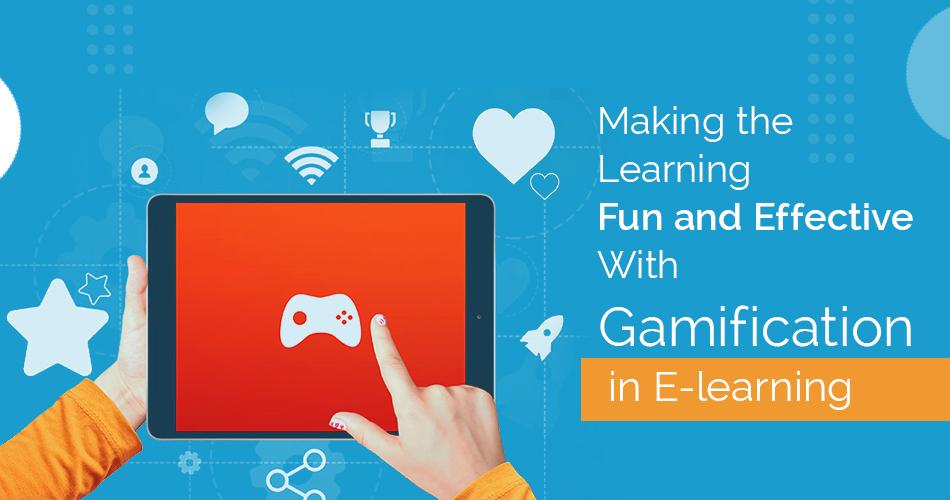The Future of Educational Gamification: Transforming Learning with Game-Based Methods
educational gamification is redefining the way teachers engage students, making learning not only more interactive but also significantly more effective. By integrating game-based elements into educational content,educators are breaking down traditional barriers and inspiring a new generation of learners. As digital technologies continue to advance, the future of educational gamification looks incredibly promising—poised to revolutionize classrooms, remote learning, and even corporate training.
introduction: What is Educational Gamification?
Educational gamification refers to the strategic use of game design principles—like points, badges, leaderboards, and storytelling—in non-game learning environments. The goal is to motivate learners, reinforce content retention, and foster critical thinking in an enjoyable and rewarding manner. With evolving platforms and innovative software, game-based learning is rapidly gaining global traction.
Why Gamification Is transforming Modern Education
Traditional learning methods often face challenges such as low engagement,passive participation,and difficulty in personalizing instruction. Gamification addresses these issues head-on by creating a dynamic, student-centered learning atmosphere. Here are a few reasons why the future of learning is being shaped by game-based methods:
- Enhanced Student Motivation: Mechanics like rewards, levels, and achievable goals keep learners motivated and focused.
- Immediate Feedback: Learners receive instant responses to actions, allowing them to identify mistakes and improve quickly.
- Active Participation: Game-based tasks require students to interact, collaborate, and problem-solve, promoting deep learning.
- Inclusive Learning Experience: Gamification accommodates various learning speeds and styles, making education more accessible and personalized.
Key Trends Shaping the Future of Educational Gamification
- Artificial Intelligence Integration
Adaptive learning paths powered by AI customize content based on each student’s unique progress and abilities.
- virtual Reality (VR) & Augmented Reality (AR)
Immersive gamified environments help students explore science, history, and art in lifelike scenarios.
- Cross-Platform accessibility
Learning games are now accessible via smartphones, tablets, and computers, supporting on-demand, flexible learning.
- Data-Driven Insights
Educators gain actionable data on engagement and comprehension, leading to more targeted instruction and interventions.
- Real-World Skill Development
Simulation games and coding challenges are preparing students for careers in technology, science, and business.
Case Studies: Real-World Examples of Gamified Learning
Duolingo leverages points, streaks, and leaderboards to turn language learning into a fun, competitive activity.Its gamified approach has resulted in higher engagement and better language retention compared to traditional methods.
Kahoot! transforms standard quizzes into dynamic, multiplayer game experiences. Used by millions of educators globally, students can participate in quiz challenges in real time, boosting excitement and classroom participation.
Classcraft integrates RPG (role-playing game) mechanics into school curricula,where students collaborate,earn powers,and tackle challenges. Teachers report enhanced teamwork, improved classroom behavior, and higher academic performance.
Benefits of Game-Based Learning in the Classroom
- Improved Retention Rates: Interactive challenges help learners better remember and apply new concepts.
- Resilience through Failure: Encourages experimentation and learning from mistakes in a low-risk habitat.
- Collaboration and Social Skills: Group quests and multiplayer games nurture communication, leadership, and empathy.
- Tailored Learning experiences: Adaptive gamified platforms personalize learning trails for individual needs.
- Positive Classroom Culture: Rewards, recognition, and team achievements foster a supportive learning atmosphere.
Challenges and Considerations
Despite its many advantages, educational gamification is not without hurdles. Common challenges include:
- Ensuring game elements align with curricular goals
- Avoiding over-competitiveness or superficial engagement (“points for points’ sake”)
- Providing equitable access to required technology
- Ensuring data privacy and online safety for students
Successfully implementing gamification strategies relies on clear objectives, ethical practices, and continual adaptation based on user feedback.
Practical Tips for Educators Embracing Gamified Learning
- Start Small: Begin by turning a single lesson into a game or integrating quizzes with reward systems.
- Link Activities to Learning Outcomes: Clarify to students how game tasks relate to mastering skills or knowledge.
- Use Collaborative Games: Foster teamwork with cooperative challenges and multiplayer missions.
- Solicit Feedback: Regularly ask students what game mechanics motivate them and adapt accordingly.
- Balance Competition and Cooperation: Blend individual achievements with group objectives to keep all learners engaged.
- Leverage Ready-Made tools: Explore platforms like Kahoot!, Quizizz, Minecraft: Education Edition, and classcraft to get started efficiently.
First-Hand Perspective: A Teacher’s Insight
“After incorporating weekly gamified quizzes in my 7th-grade classroom, I noticed a remarkable boost in participation and enthusiasm. Students who previously struggled became more willing to ask questions and collaborate with peers, fueled by a desire to earn badges and climb the class leaderboard. The most striking change was in their retention of key topics—the details stuck with them well after the quizzes ended!”
– Emily R., Middle School Educator
The Road Ahead: What’s Next for Gamification in Education?
As technologies continue to evolve, so will the opportunities for game-based learning. Expect to see:
- Deeper integration of AI-driven personalization for every learner
- broader use of mixed reality (MR) for hands-on, immersive education
- Global gamified challenges that connect learners from diverse backgrounds
- Increased emphasis on digital citizenship, ethical play, and safe online environments
- Gamification principles extending into lifelong learning and professional development
Conclusion
The future of educational gamification is luminous, fueled by innovation, research, and a deep understanding of student motivation. By embracing game-based methods, educators can foster not only academic proficiency but also essential real-world skills like creativity, collaboration, and resilience. The transformation of learning through gamification is no longer a trend—it’s a fundamental shift paving the way for a more engaging, inclusive, and impactful educational landscape.
Whether you are an educator, instructional designer, or school administrator, now is the perfect time to explore how educational gamification can transform your teaching and inspire lifelong learners. Stay updated with the latest in game-based learning methods, and become a part of the movement that’s reshaping the future of education.

